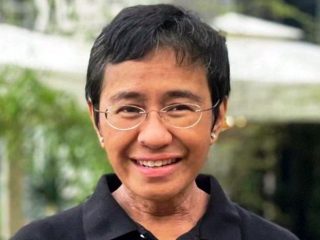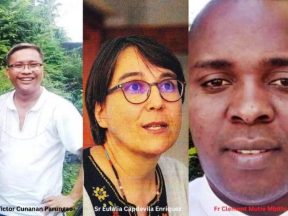Cameroon. Hospital reference-point.
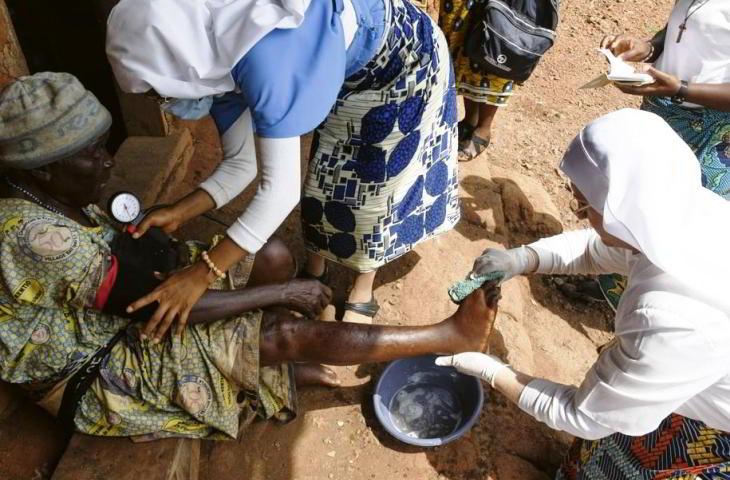
Amid conflict in Ambazonia, in the English-speaking part of Cameroon, the Servants of Mary Ministers of the Sick have kept the Notre Dame de la Santé hospital open for ten years. With a large pool of local workers and volunteer doctors, they are strengthening the region’s health system. We visited the Hospital.
In the mountainous heart of Western Cameroon lies the city of Dschang, in a region known for its pleasant climate, its beautiful natural landscapes and its university, the driving force and main attraction of the area.Today, Dschang has become home to thousands of families fleeing the socio-political instability affecting the Anglophone region of the country. The conflict in Ambazonia [a region fighting for independence from Cameroon] broke out in late 2016, after 92-year-old President Paul Biya – who has ruled unchallenged for almost forty-three years – violently repressed peaceful demonstrations by Anglophones in the northwest and southwest of the country, two regions that felt excluded and marginalized by the central power in Yaoundé.
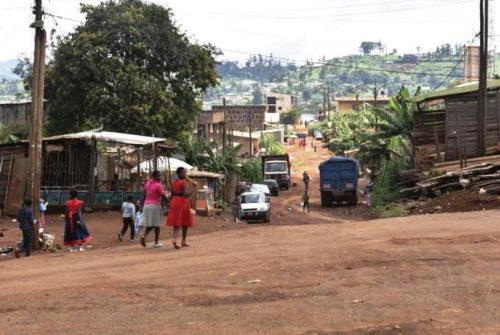
People walk along a street in the city of Dschang in Ambazonia, in the English-speaking part of Cameroon.
The head of state has since sent a large number of troops and has remained adamant, rejecting any federalist solution. The conflict has killed more than 6,000 people and displaced more than a million, according to the International Crisis Group.
The Servants of Mary Ministers of the Sick arrived in Cameroon in 1971, a Catholic congregation founded in Madrid in 1851 by Saint Maria Soledad Torres Acosta. They have set up two hospitals in the towns of Widikum and Bameda – in the English-speaking region – and another in Batseng’la, five kilometres from Dschang: the Notre Dame de la Santé hospital. The charism of the Servants of Mary is centred on the physical and spiritual care of people. The nuns of Batseng’la take on this commitment with total dedication, both in the hospital and in the home visits they make twice a week to patients who, due to their age or condition, cannot go to the health centre.
A specialized service
The Notre Dame de la Santé Hospital in Batseng’la was inaugurated in June 2014 and has a capacity of 90 beds. Eight doctors and 75 other staff work alongside the twelve nuns. In addition, nursing students from various schools undergo practical training.
Initially, the hospital only offered general medicine and maternity services, but over time the population began to demand others.
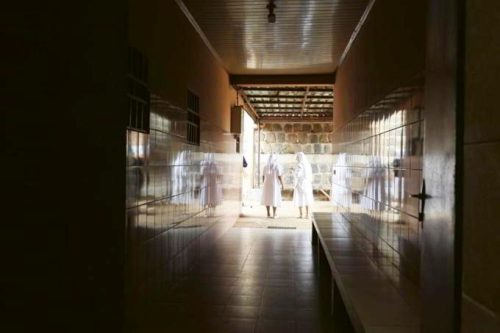
Two nuns in a corridor of the Notre Dame de la Santé hospital. The Servants of Mary Ministers of the Sick arrived in Cameroon in 1971.
Thus, in 2016, together with the Spanish NGO Cirujanos Ortopédicos de España para el Mundo (COEM), healthcare was extended to traumatology. “Orthopaedic surgery and traumatology require continuous monitoring for the correct treatment of patients. In our area of work, one cannot undergo surgery and then disappear. Patients must be monitored, sometimes for a long time. We have worked and continue to work on training local staff and, above all, on a program of visiting Spanish traumatologists who travel every month to ensure continuity of care”, explains Dr Juan R. Truan, secretary of the COEM.
Over time, Notre Dame de la Santé has become not only a medical centre with advanced technology but also a university hospital, where other local doctors are trained to provide these services to the inhabitants of the city of Dschang and its surroundings.
A clear vocation
The hospital is run by Sister Pilar Cobreros, a graduate in Nursing, who has been in charge of the hospital since its inception. “The campaigns we conduct at Notre Dame de la Santé have led to a radical change in our hospital, as we have been able to promote more comprehensive healthcare, going beyond general care. The new areas of service greatly increase the value of our work and, above all, the quality of care.
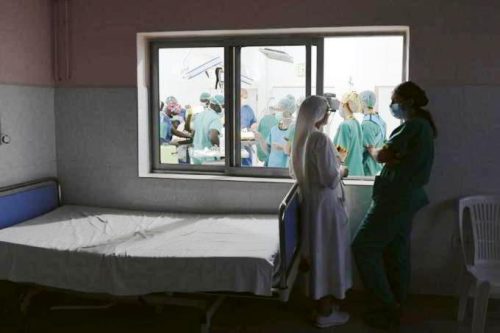
Local health workers and volunteers work together at the hospital.
The campaigns, for us, are a reference to help those who have fewer resources: if we manage to serve the simplest people, it is because we receive voluntary help, both in human resources and in equipment and materials. In this way, we can reach many more people. In general, in our hospital, patients have to pay a small fee, healthcare is not 100% free. This is in line with the values of cooperation and naturally makes quality healthcare accessible to all. But it is true that, on many occasions, when the situation or the person requires it, treatment is free”, said Sr. Pilar
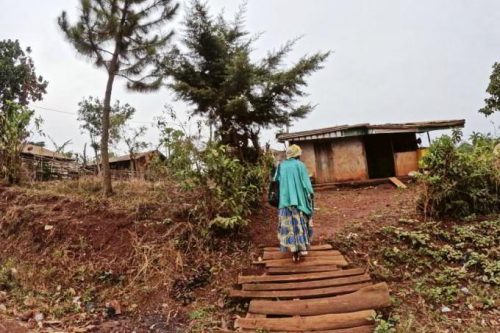
A woman enters her home. Due to the widespread poverty, the treatment is in many cases free of charge.
The religious community resides in the northern part of the hospital compound where the Sisters have a chapel where they pray and participate in the Eucharist every day. Sister Teodora Quezada is the current superior of Batseng’la. She arrived in Cameroon six years ago, after serving in the Dominican Republic, her home country, in Haiti and Puerto Rico, where she studied nursing. Along with the Sisters, other women want to learn about the religious life of the Servants of Mary Ministers of the Sick. Most of them come from the English-speaking part of the country. They are welcomed from the age of 18 to begin their religious formation. Young aspirants who, after a process of discernment and accompaniment in their parishes and with the support of a Sister from the congregation, experience the period of candidature to discover if their religious vocation fits into the charism and work of the Servants of Mary Ministers of the Sick.
Kathy Morillo
Photos: Lídia Larrosa

